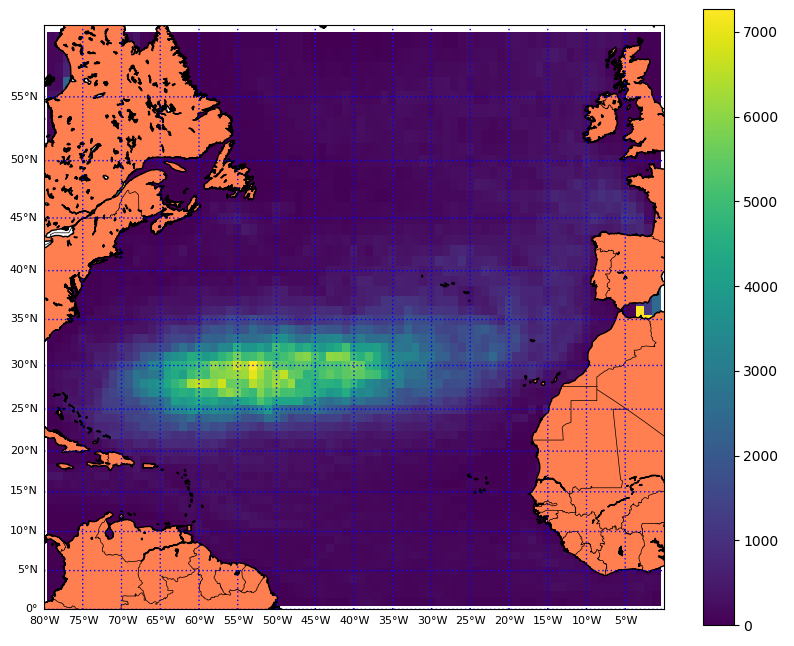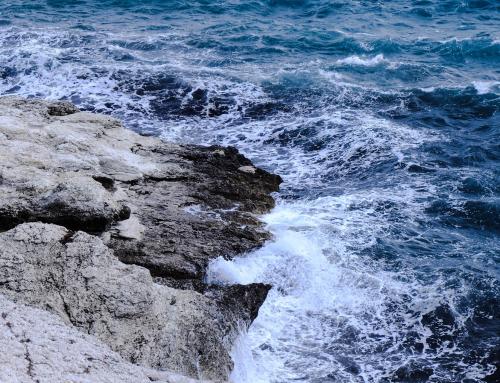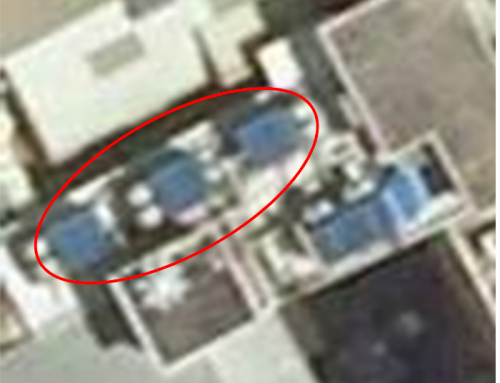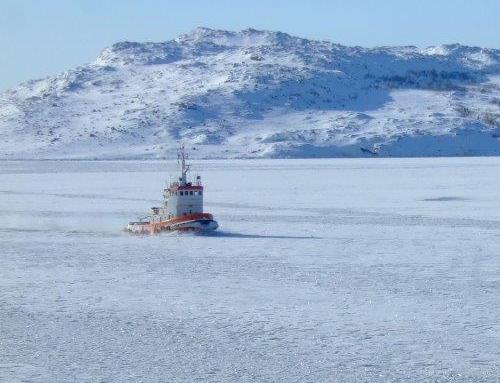Marine litter trajectories
Monitoring and highlighting marine litter accumulation and stranding zones in the North Atlantic waters.
Project details
Categories:
Tags:
Atlantic ocean, Currents, Lagrangian modelling, Marine litter, MSFD, Plastic particles, Sea pollution, Tidal, Tidal currents
Share this project:
Marine litter trajectories
Monitoring and highlighting marine litter accumulation and stranding zones in the North Atlantic waters.
Project details
Categories:

This plot represents the time spent (in days) by all the particles in a 0,5° longitude/latitude box, for a 4 year simulation. It evidences the accumulation and convergence (most time spent) in the middle of North Atlantic subtropical gyre.
Means used
RESULTS
Main pathways are following the Canary Current and Azores current to join the accumulation zone in the subtropical gyre. Gulf Stream and North Atlantic drift take away some of the marine litter through the Atlantic Ocean to the European coasts and the Bay of Biscay.
Client / Partner(s)
The iFADO partnership, involving 20 partners, fosters the regional quadruple helix cooperation including public sector, university/research centres, enterprise and end-users to ensure that the designed products meet the market needs and are sustainable after the project lifetime.




